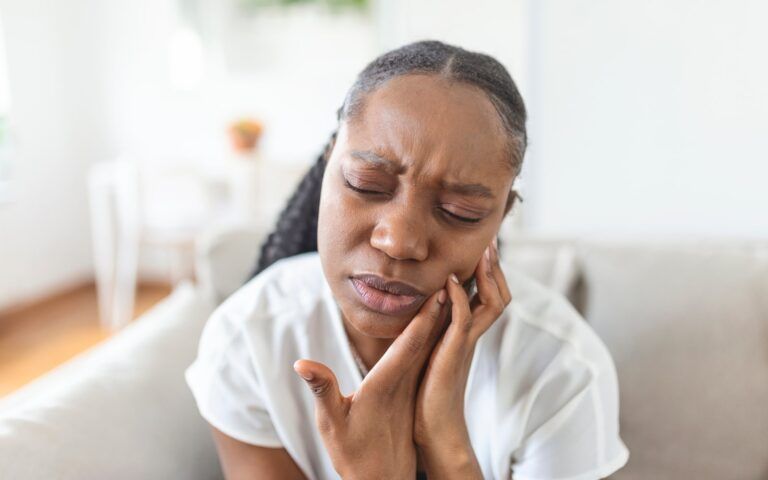Our Strategies For Treating Orthodontic Pain

Getting orthodontic appliances can be an exciting time. It marks the beginning of a journey to improving your overall smile and improving oral health. Whether you’re adjusting your jaw or realigning the position and angle of your teeth, it can be an involved process. The adjustments that are being made can understandably produce some discomfort along the way. Inflamed gum and cheek tissue are ordinary, as is jaw pain. This pain only lasts a couple of weeks after the treatment is completed. Since these experiences are common, your dental provider will have methods of easing your discomfort and pain.
Relief From Orthodontic Pain After Orthodontic Care
While experiencing a degree of discomfort after orthodontic treatment is standard, it varies from patient to patient. Some patients may not experience any discomfort, while others may have significant irritation after the treatment. This variance in experience is due to differences in the orthodontic care received and the patient’s pain tolerance. In most cases, orthodontic pain can be addressed using over-the-counter pain medication.
- Non-Steroidal Anti-Inflammatory Drugs: This type of medication is specifically good at addressing concerns with inflammation. Inflammation in the gums and cheek can cause discomfort, bleeding, and sensitivity. NSAIDs help to reduce inflammation and the associated pain. Commonly used NSAIDs include naproxen sodium and ibuprofen.
- Analgesics: One method of addressing pain is reducing the body’s ability to experience it. Analgesics are medications that are effective at accomplishing this goal. They are frequently prescribed alongside NSAIDs to ease pain and reduce inflammation at the same time.
- Targeted Nutritional Guidance: Our dietary choices can influence the amount of orthodontic pain we experience. What we eat affects our orthodontic appliance, and the pain we experience varies from appliance to appliance. However, it may be beneficial to adjust your diet after orthodontic care in some instances.
Your dental provider is the best source for treatment for dental pain following orthodontic care. There may be more severe complications that will need specialized attention in some instances. Your primary dentist can address the irritation of the cheek tissue and gums, abscesses, and other dental concerns. The treatments are generally fairly straightforward, starting with those listed above. In some cases, additional options may be suggested, including dental wax for blunting sharp parts of the appliance and numbing gel. Regardless, you’ll generally discover that your orthodontic pain passes in as little as 14 days.
Getting Relief From Orthodontic Pain
One fact about dental pain is that it’s often worse in experience than actuality. Those who have experienced dental pain can confirm that eating issues, speaking clearly, and even sleeping can be significantly affected. If you find that you’ve been experiencing dental pain after your orthodontic care, reach out to your provider. They’ll be able to provide suggestions regarding treatments that can ease your discomfort until it passes. If you experience chipped enamel or other more severe concerns, be sure to contact your provider immediately.

Recent Comments